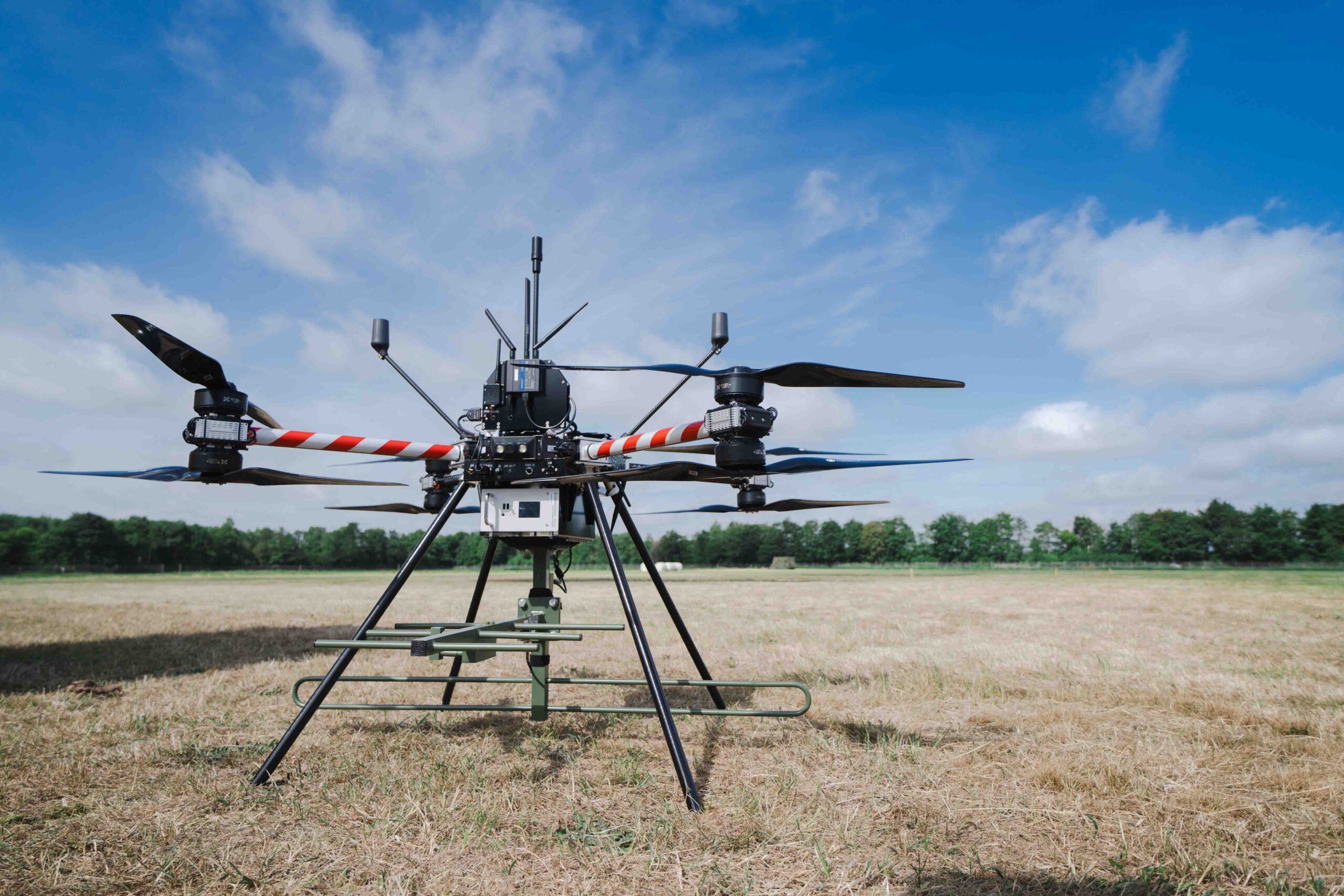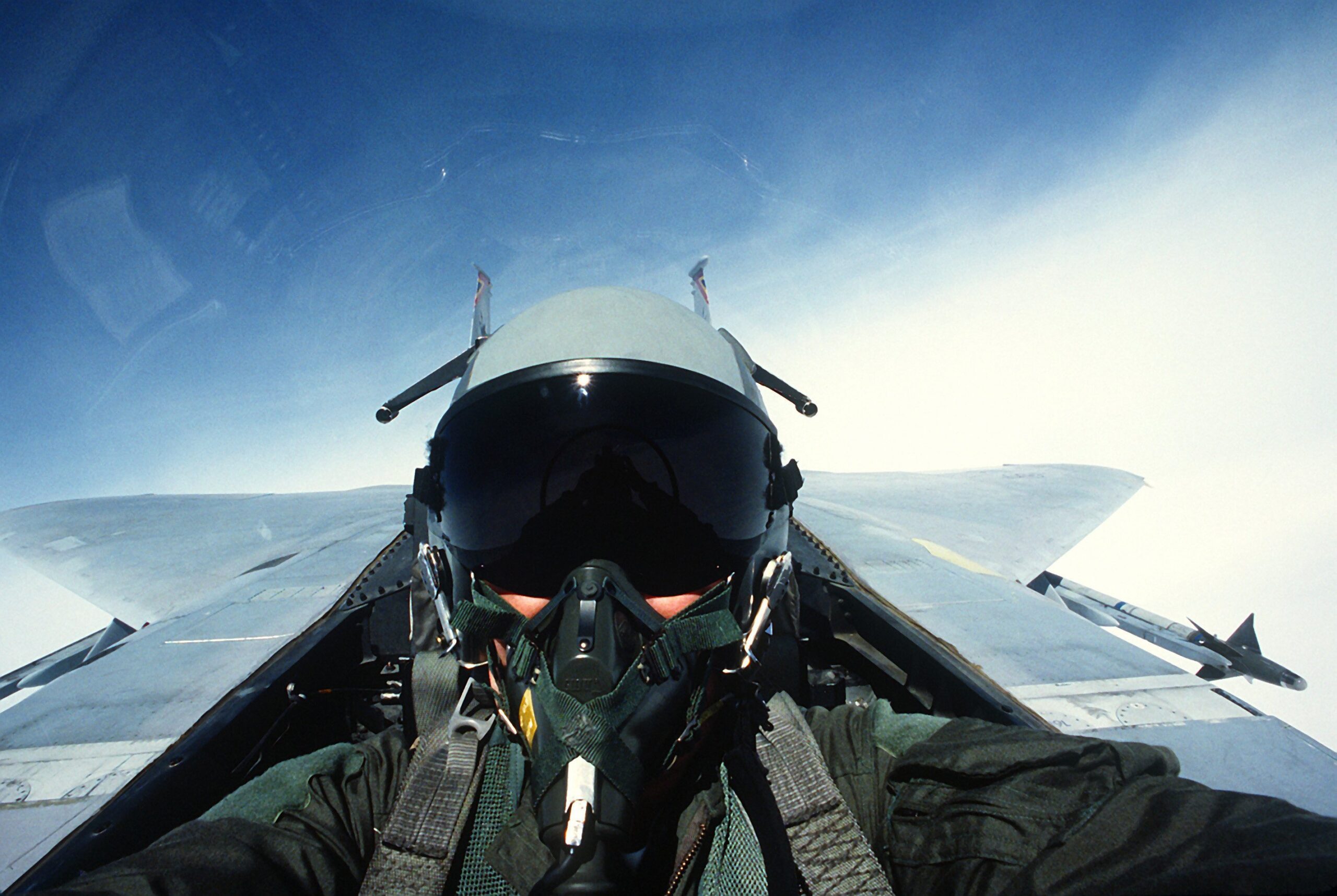For defence, unmanned systems (drones) are playing an increasingly important role in carrying out their tasks. The war in Ukraine demonstrates that they are being deployed on a large scale: it is no longer just a conflict between armed forces, but also a conflict between industries and innovation. A key factor on the battlefield is who can produce the most, innovate the fastest and sustain it the longest.
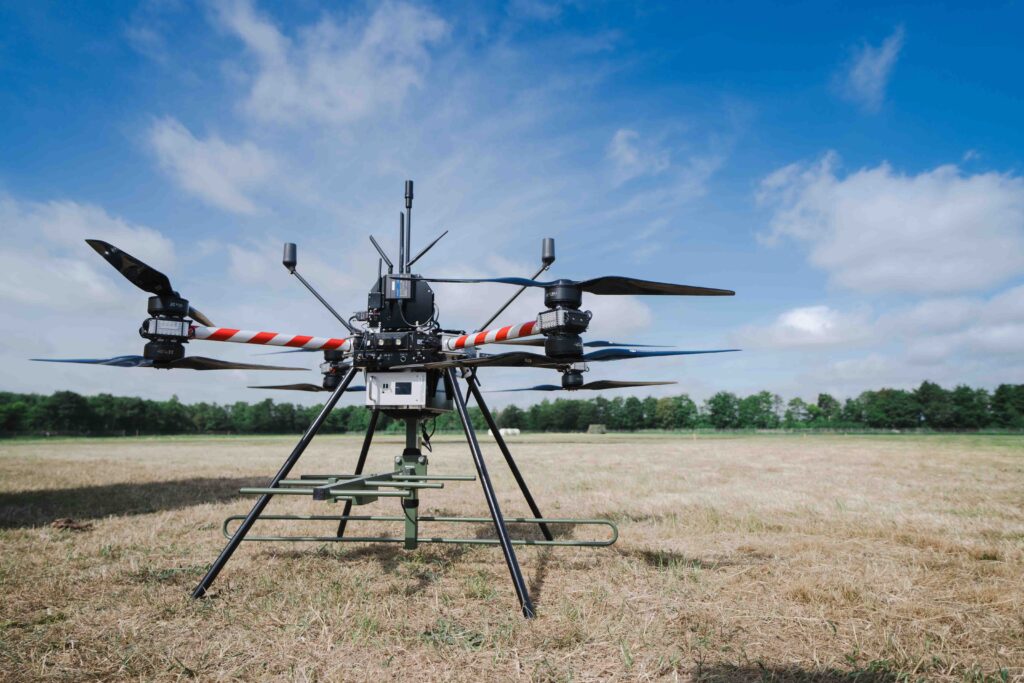
To give the armed forces an edge in combat and maintain it, it is essential to quickly gain, share, and apply knowledge and experience. The Quick Response Drone Facility (QRDF) of NLR is a key initiative to achieve this by combining existing knowledge, expertise, and facilities with integrated collaboration between industry, applied knowledge institutions, and partners. This enables lessons from the field to be quickly translated into solutions. The goal of the QRDF is to make a new drone or drone functionality operationally available to our armed forces within four to six weeks, with the integrated collaboration at its core to ensure implementation and scalability.
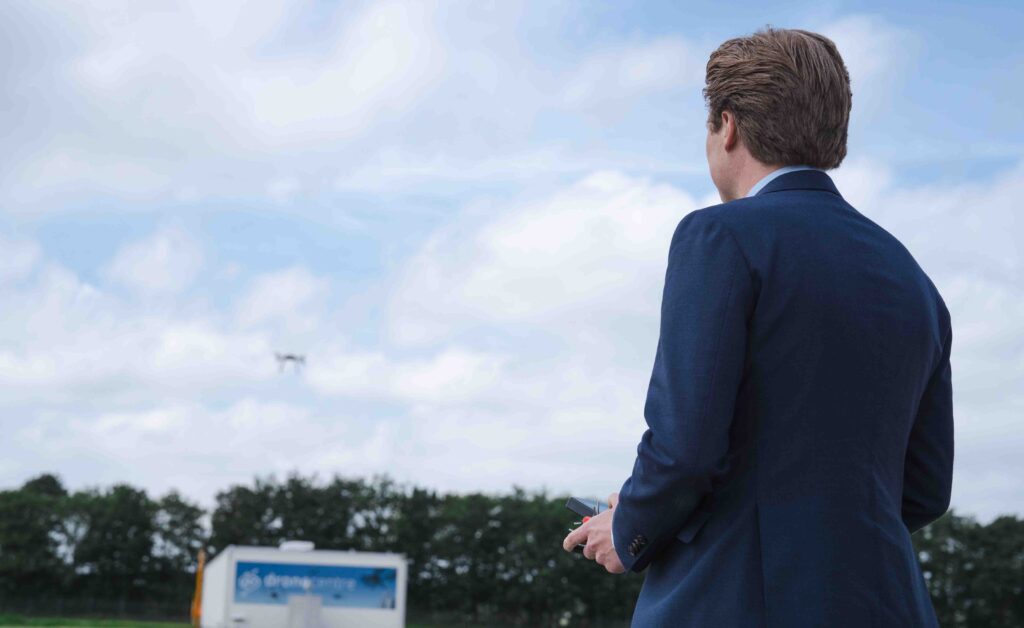
QRDF as a driving force behind drone innovation
The location of NLR in the municipality of Noordoostpolder offers an optimal opportunity for the development of unmanned systems. There is a restricted airspace where non-certified, experimental unmanned systems can fly above and around the NLR site. Additionally, there is a connection to the knowledge and test centre for smart mobility (MITC), and NLR has various facilities, such as the Drone Centre and the Automated Composites & Metal Manufacturing Technology Centre, to enable research and testing of innovative scalable solutions that The Netherlands armed foces need.
Bert Thuis, Vice President Aerospace Vehicles at NLR, states: “The QRDF is part of a broader R&D, test, and development environment in Flevoland, where we can make a new drone or functionality operational for The Netherlands armed forces in a matter of weeks. As a strategic knowledge partner for the Dutch Ministry of Defence, we can quickly switch with parties at a strategic level. In drones, we see a much higher innovation pace than, for example, in aircraft, with smaller industrial parties leading the way. The QRDF offers an ideal opportunity to learn from each other and create space for short-cycle innovation.”
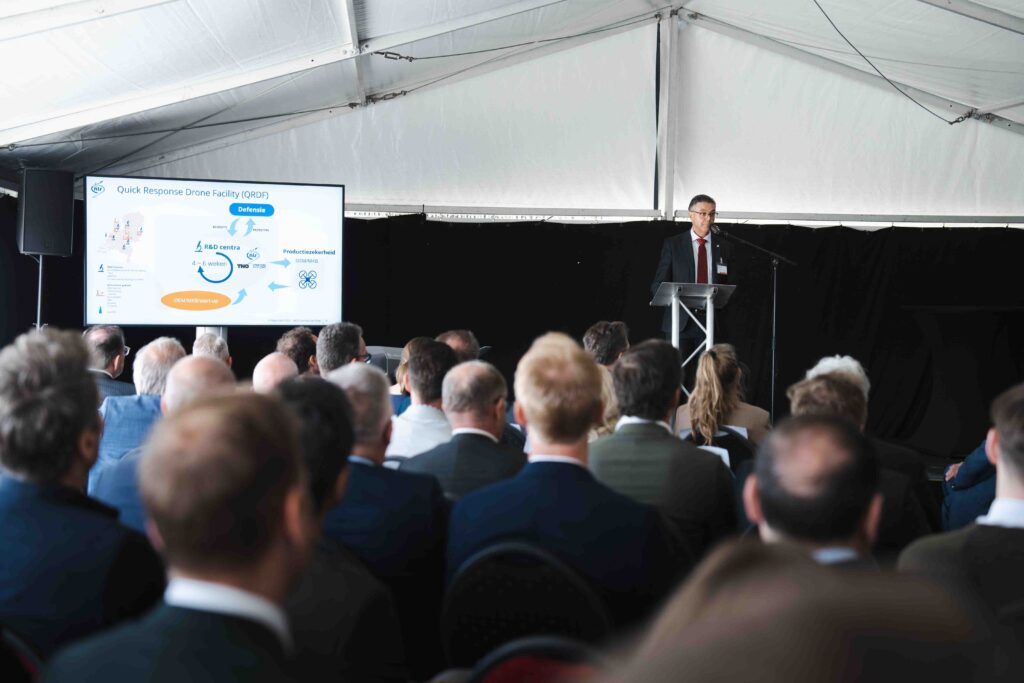
“Thanks to QRDF, we were able to develop essential drone functionalities to a high level within six weeks and subsequently demonstrate them operationally to the requirement setters of the Ministry of Defence. This project underlined the strength of collaboration between us as an industrial party and NLR as a knowledge institution – a valuable combination of expertise and test capacity. QRDF is an important step towards rapidly translating operational needs into commercial strength,” adds Lennart Bult, co-founder of Emergent Swarm Solutions.
Prior to the launch on 21 May 2025, several projects have been carried out:
- SYNERGY: NLR has developed a generic drone fleet, consisting of four multi-rotor systems and one fixed-wing system, in collaboration with the Dutch Ministry of Defence, to investigate operational and integration issues.
- MANTA: In collaboration with the Dutch Ministry of Defence, the MANTA project has expanded the functionalities of drones to enable faster testing and validation of PNT (positioning, navigation and timing).
- HIGH VOLTAGE: The HIGH VOLTAGE project has, together with the Dutch Ministry of Defence, investigated how a drone can fly along a high-voltage cable and take measurements of the magnetic field.
- FORESIGHT: During the FORESIGHT project, together with Emergent Swarm Solutions and the Dutch Ministry of Defence, advanced autonomy software has been demonstrated on a drone platform, with applications such as obstacle avoidance and GPS-less localisation.
- NEWAYS: The NEWAYS project, in collaboration with Neways and the Dutch Ministry of Defence, has developed a tool to quickly determine what is needed to produce drone components from EU/allied-sourced supply chains.
- SMOOTH STONE: A 3D-printed fixed-wing drone has been developed in collaboration with Smooth Stone Dynamics and the Dutch Ministry of Defence to validate scalable production methods and form a business case.
- MUTE: The MUTE project has investigated how to reduce the noise production of drones using various techniques, including the use of special foil.
Much has been learned from these projects, and it has been proven that it is worthwhile to continue the QRDF organisation. It offers the opportunity to work even more integratedly; with industry, but also with The Netherlands armed forces units and other knowledge partners.
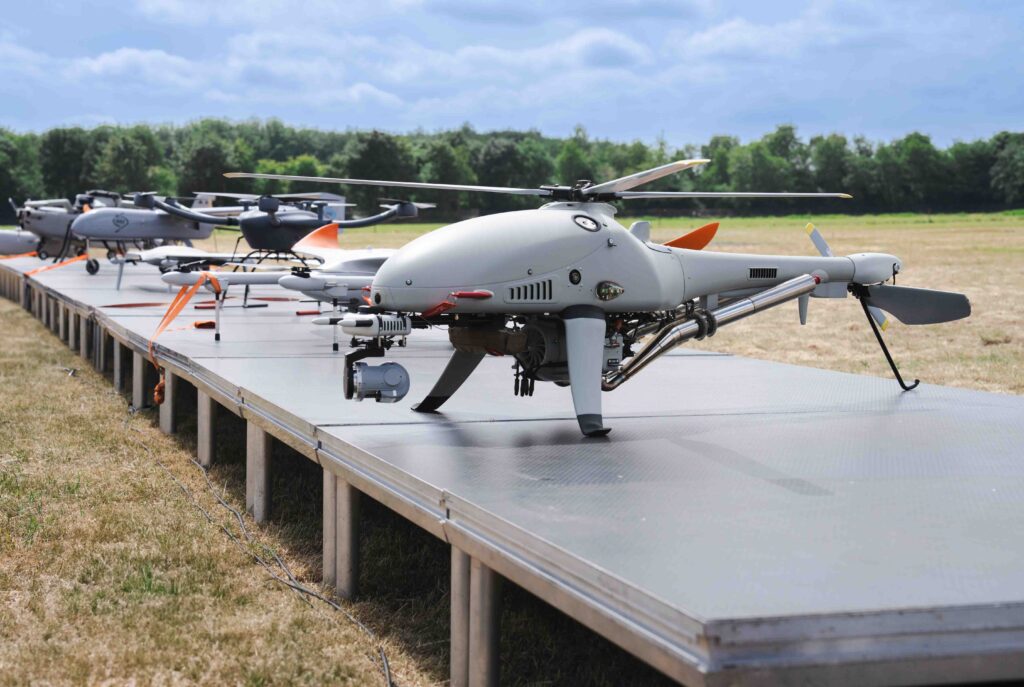
Initially, it involves so-called Class-I UAS (a NATO classification for the relatively smaller drones under 150kg). In the long term, the new way of working can also be applied iteratively to the development of more advanced and larger drones, such as launched effects (LE) and autonomous collaborative platforms (ACP).
